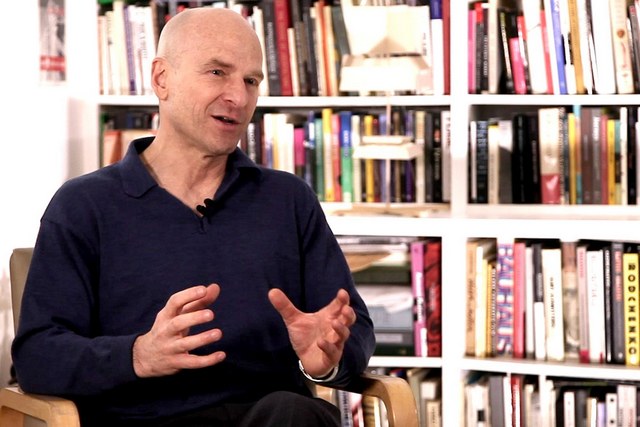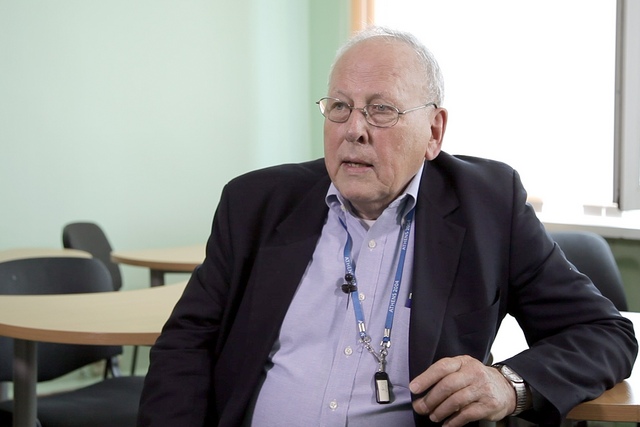Transmedia Storytelling as Supersystem
Media Scientist Renira Rampazzo Gambarato on the theory of systems, the elements of transmedia storytelling, and interaction with the storyworld
videos | November 28, 2016
We will talk a little bit about systems, the theory of systems and how systems could be related to transmedia storytelling. First of all, there are different definitions of systems, but for sure everybody has a kind of understanding about what a “system” means. So, since Aristotle we could already understand system as an assemblage of parts that are forming a unified hole. So, it is not just dispersed parts, but parts, that are somehow organized, that are put together in a way that they are forming a whole. So, the parts are not isolated, the parts are somehow interrelated and these will form a system, which is definitely more than just the sum of the parts. Exactly because of these relationships, this integration interrelation that can happen in-between the elements of the system and also between the system itself and its environment.
I work with a definition of a system from the general theory of systems, from Mario Bunge, an Argentinian scholar. Mario Bunge will tell us that a system is consisted of three elements. So, first we have the components, the set of elements that will form the system. Second, we have the environment, the space in which these elements are inserted. And then, third, we have, what he called, the structure, which means the relations between the component, the set of elements, and the environment. So, how we could relate this to transmedia storytelling?
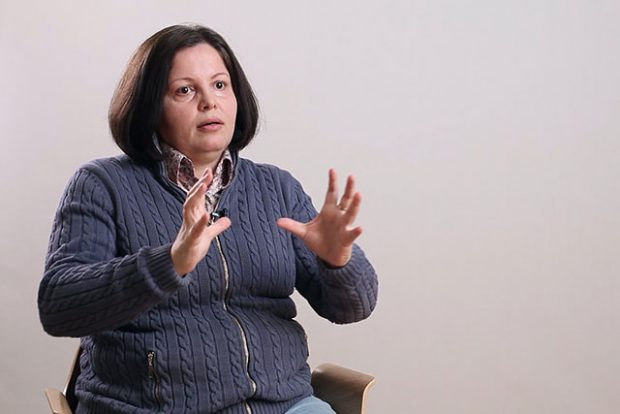
This is the logic of the theory of systems and this is what I propose to apply to transmedia storytelling. So, if we consider transmedia storytelling as a supersystem, what would be the systems inside? For example, the story itself, the platform, the media platforms involved, the audience relationship, the business model. All the elements that are parts of the transmedia project, would be considered here as the components, as the set of elements of the supersystem called “transmedia storytelling”. And all these elements would be related to the environment and the environment in this case would be the community of people interested into these projects, the community of people that would somehow be in touch with this transmedia project. And then as this structure we would have the ways people would be related to these elements of the story. And here we have interaction and participation.
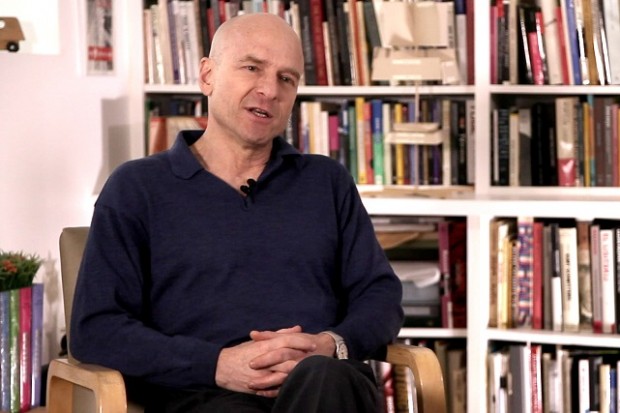
They can interact, but they are not changing the story, they are not changing the project. The authors, the producers already did everything. What people can do in case of interaction: they can relate, they can choose, they can navigate through it according to what they are interested, but they cannot influence on the story itself, they are not collaborating, they are interacting.
But when we are talking about participation, it is different, because participation is the real possibility for people to do something, to somehow influence on the result of the project, to somehow shape their story in a way that without the audience collaboration this would not happen. So, here we are talking about co-creation, collaboration. People somehow can interfere in the result and the whole project will be shaped according to what the audience is doing. Some we can have user generated content, when the audience can create something and upload, for example, or when we have voting cases, people are deciding who is going to do that, what is going to happen — these kinds of things.
The participation is about the opportunity for people to really influence on the results to collaborate and co-create and interaction is more the opportunity to somehow be in touch with it, but not being able to have an impact on the final result. If we come back to the idea of supersystem (transmedia storytelling is a supersystem), we would have the systems as I mentioned: the story, the platforms, business models and etc. Let’s take the story as a system inside the supersystem.
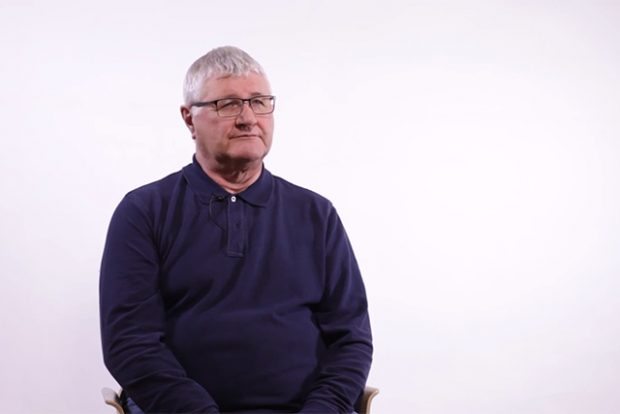
And again if we think about the story as a system, we could take some element as subsystem. So, let’s take the characters, for example. So, the characters are subsystem of the system story. Here we have the characters. What are the elements related to the characters? We have the demographics, we have the psychographics and then all the background of the characters and etc. Then, as the environment, we have the storyworld in which the characters are inserted. And then we have as the relationship: how integrated and how connected this characters are in relation to the story world. It is a matter not hierarchy, in the sense that one comes first further comes second and one is more important than another, but the idea of the Russian doll in which all these systems and supersystems are together integrated to offer the audience more meaningful and enriching experience.












